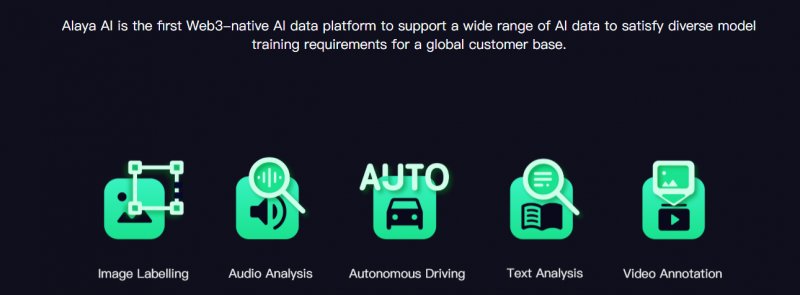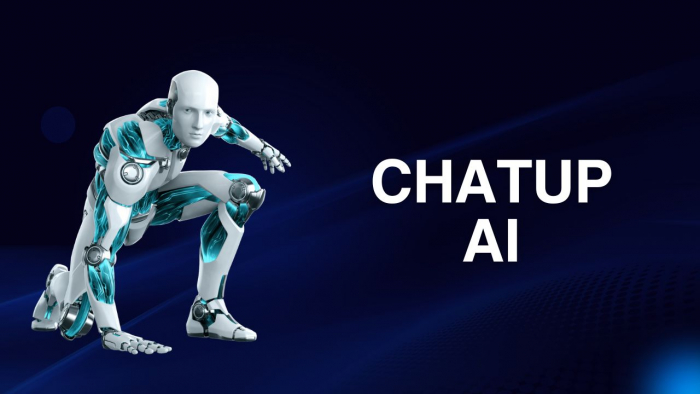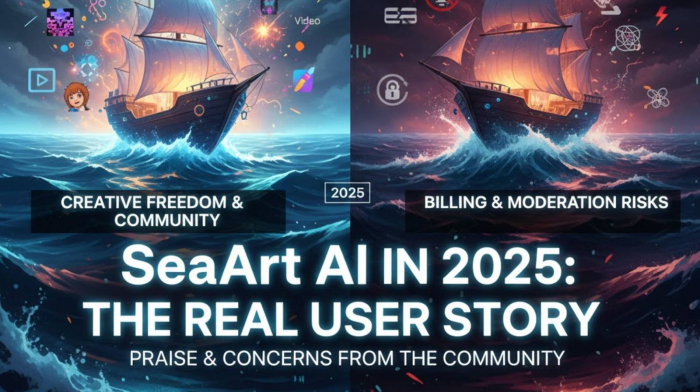The world runs on data — and artificial intelligence runs on labeled data. Every self-driving car, chatbot, and image-recognition model depends on millions of human-labeled examples. Yet the way we source that data has long been broken: expensive, error-prone, and opaque.
That’s where Alaya AI comes in.

Positioned at the intersection of Web3 and AI, Alaya promises a decentralized way to gather and validate data for machine learning. But can it deliver? Let’s take a closer look.
Why Data Labeling Needs Reinvention
AI companies spend billions every year on training data. Traditional approaches rely on outsourcing to labeling farms or gig platforms. Problems quickly emerge:
- High costs: Quality datasets are expensive to scale.
- Inconsistent quality: Labels often contain bias or mistakes.
- Lack of trust: Buyers can’t always verify where data came from.
Alaya AI’s founders believe blockchain incentives and crowdsourced intelligence can tackle these pain points. Instead of siloed providers, Alaya offers a community-driven marketplace where contributors label data, validators check it, and enterprises buy it — all tracked on-chain for transparency
Alaya AI’s Core Idea
At its heart, Alaya AI is a data crowdsourcing platform powered by tokens. Here’s the breakdown:
- Contributors perform small tasks (e.g., image labeling, audio validation, text classification).
- Validators double-check those tasks using consensus mechanisms.
- Data buyers (companies or developers) request custom datasets and fund incentive pools.
- Blockchain smart contracts distribute rewards in crypto tokens (ALA/AGT) or NFTs.
It’s not just about work-for-pay. Gamified systems like blind boxes, badges, and contributor NFTs create a sense of progression
The Mechanics in Practice
A typical Alaya contributor journey looks like this:
- Sign-up: Register on the official website or via the Google Play app.
- Certification quizzes: Short tests (vision, logic, emotion judgment) ensure you can handle tasks.
- Task pool access: Label images, classify audio, or validate other people’s work.
- Validation protocol: Your accuracy is tracked against peers; wrong answers lower your score.
- Rewards: Earn ALA tokens, AGT governance tokens, or blind box NFTs.
- Progression: Higher accuracy unlocks higher-paying tasks.
- Withdrawal: Tokens can be staked, traded, or withdrawn to a crypto wallet.
The Data Scientist’s how-to guide even calls Alaya a “gamified, community-first approach to data labeling.”
Strengths: Where Alaya Stands Out
- Decentralization = Trust: On-chain records allow buyers to verify contributions.
- Gamification = Retention: Blind boxes, badges, and contributor NFTs keep users engaged.
- Flexibility for Enterprises: Companies can design their own incentive pools instead of relying on rigid vendors.
- Global Accessibility: Anyone with a phone can participate — making it inclusive.
Weak Spots and Risks
Small earnings for contributors: Reviews stress that it’s a side gig at best .
- Token volatility: Rewards are tied to crypto, which fluctuates daily.
- UX hurdles: Wallet setup and blockchain jargon confuse beginners.
- Technical glitches: Some tasks freeze or fail to load.
- Enterprise opacity: Pricing for dataset buyers isn’t published openly.
As Digital Software Labs notes, Alaya is promising but not a guaranteed income replacement.
Legitimacy & Credibility Signals
Alaya has been featured in multiple independent reviews:
- TechPoint Africa highlights its community-first model.
- The data scientist provides a detailed usage guide.
- Fritz.ai breaks down its technical framework.
- Quarule positions it as a novel but still experimental platform.
The common theme? It’s real, it pays, but it’s still early-stage — with limited adoption and visibility.
Bigger Picture: Why It Matters
If Alaya succeeds, it could become the “GitHub for labeled AI data.” Developers could request niche datasets, contributors worldwide could earn small crypto incomes, and blockchain would guarantee trust.
But the future hinges on scale. Can Alaya attract enough contributors, maintain data quality, and convince enterprises to trust decentralized labeling over traditional vendors? That’s the billion-dollar question.
Verdict: Should You Try Alaya AI?
For tech professionals and developers:
Yes, as a sandbox to explore decentralized data sourcing.
For crypto enthusiasts:
Yes, as a fun experiment with gamified rewards.
For everyday contributors:
Manage your expectations — it’s more of a hobby than a salary.
In short: Alaya AI is a bold experiment in merging Web3 incentives with AI training. It’s not without flaws, but it’s one of the most intriguing models in the growing “AI + blockchain” space.
Post Comment
Be the first to post comment!





